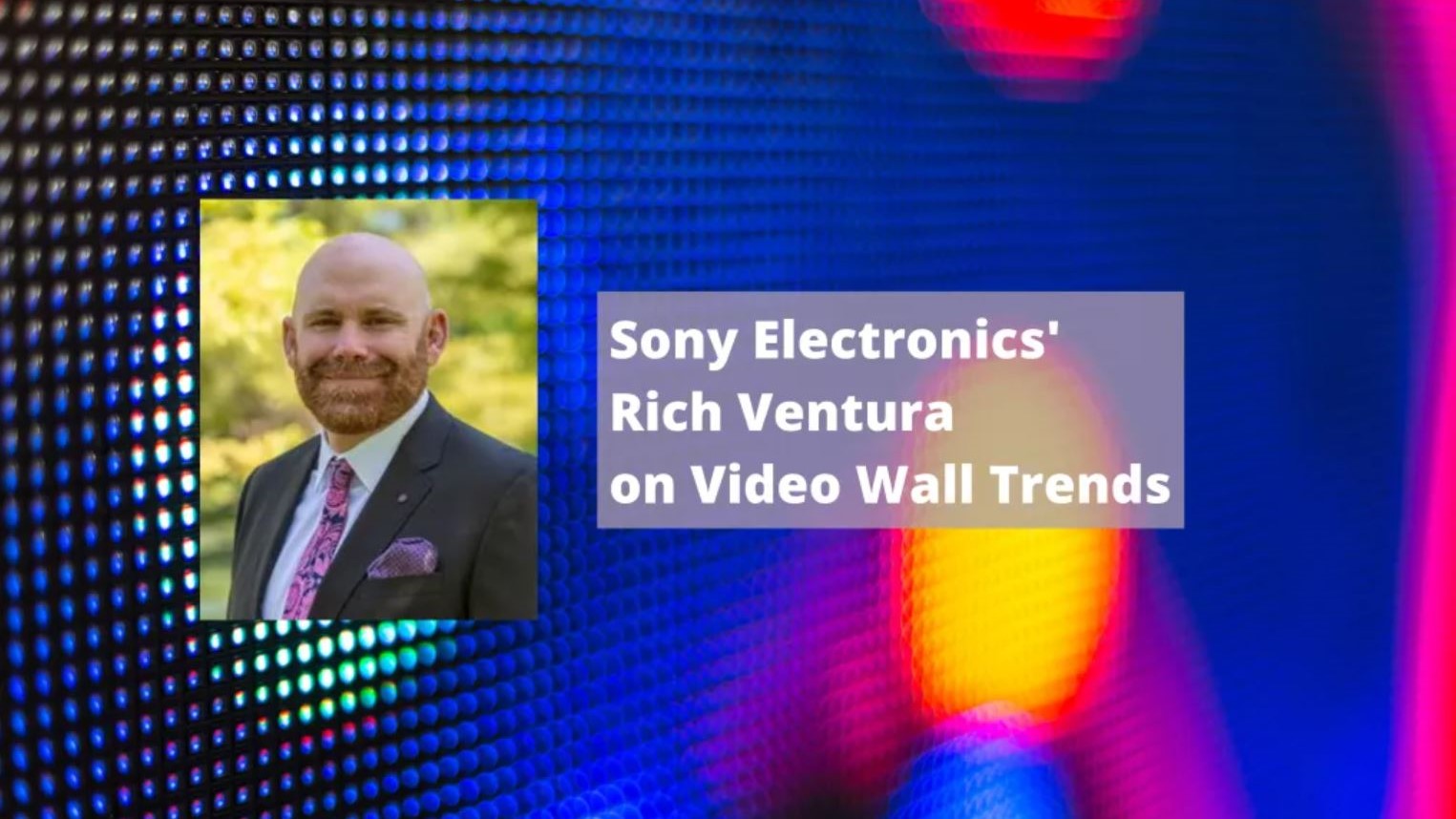What's Trending Now for Video Walls?
LED video walls are growing rapidly and becoming the dominant display technology

The way people communicate, engage and interact with one another has radically transformed over the past year. Along with the transformation, we’ve seen a reliance on display technology to help share information and experiences in a touchless and immersive way.
LED is growing rapidly and becoming the dominant display technology—and with good cause. LED provides a number of tangible benefits and can be used across diverse industries and applications. Additionally, as costs decrease and customers recognize the value of an adaptable form factor, uniform screen and resolution flexibility, adoption of LED will be further cemented.
The benefits of LED are what help make it so attractive to prospective customers. Due to their modular scalability and range of sizes and resolutions, video walls can accommodate the specific needs and requirements of customers. With no bezels, video walls provide a seamless viewing experience that can be customized to meet virtually any dimension and aspect ratio, and can be installed in a range of flexible and creative configurations.
Right now, we are seeing customers move toward larger screens and higher resolutions. Additional advantages of LED video walls include easy installation and maintenance. With quiet and energy-efficient operation, LED video walls can also provide a reduction in total ownership costs.
In an era of social distancing, LED video walls have proven themselves as a way to increase immersion and reality while providing a new level of engagement, close-up or at a distance. Adopting an LED video wall is an easy way to provide a top-notch experience that can still communicate critical information and move spectators while accommodating and accounting for isolation zones between viewers.
Due to COVID-19, video wall customers are seeking a safe, sanitary and touchless experience. With options for integrating gesture control through LIDAR-based sensors and resilient surfaces that can be cleaned, LED video walls like Sony’s Crystal LED—which will be on display virtually at The Digital Signage Event on March 4—provide a viable solution.
LED’s usage and feasibility are growing within its target markets of corporate, retail, higher education, broadcast and entertainment, and it is widely used in corporate lobbies and entrances, showrooms, boardrooms, stores, customer and visitor experience centers, museums and theme parks, among others. What’s interesting is that the industry is still finding new ways for LED to provide value to even broader use cases, such as industrial design, architectural simulation, remote production and virtual production.
The professional video industry's #1 source for news, trends and product and tech information. Sign up below.
As LED solutions begin to align and integrate with camera technology, it opens up the door for new possibilities. In many cases, LED video walls’ brightness can also provide ideal lighting conditions for shoots, potentially saving time and the costs associated with lighting a set.
When I think about how much LED technology has grown over the last few years and evolved to meet the new realities of our world, I look forward to what the next few years hold for this powerful solution.
This story originally appeared on TV Tech's sister publication AV Network.
Rich Ventura is the vice president of B2B for Sony Imaging Products and Solutions Professional Division. Ventura has spent over 20 years focusing on display solutions, display technologies, projectors, and direct view LED, and is a longstanding member of many organizations within the industry—including the Digital Signage Federation, of which he was formerly chairman of the board. In 2018, Ventura was inducted into the SCN Hall of Fame. He holds a B.A. in history from the University of MN-Morris and an M.B.A. from Hamline University. He is a retired member of the Minnesota National Guard after 10 years of service in the military.

